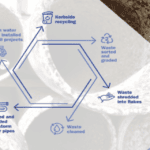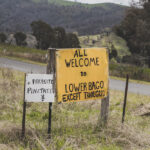The renewable energy hub project by Innovating Energy is possible due to grant assistance under…
The people Vs the Hunter Pipeline
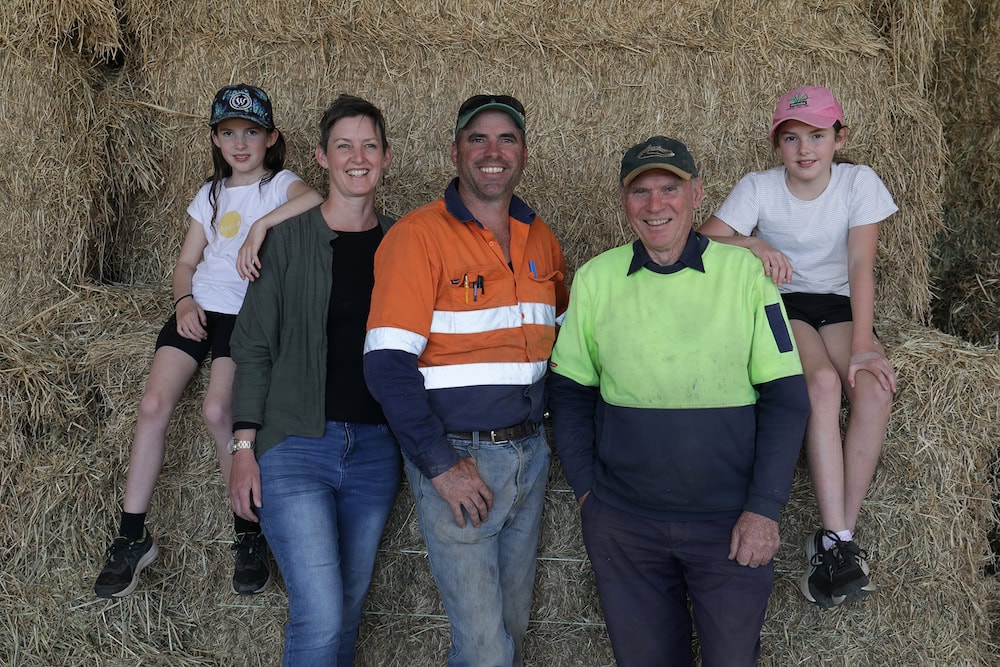
In a previous edition of The Farmer, we visited the Namoi Region on the northern edge of the Liverpool Plains, home to some of the most productive farmland in Australia, where a battle is raging between residents and Whitehaven Coal over a $700 million extension of the Vickery coal pit.
A landmark case, in which a group of high-schoolers petitioned the Federal Court to overturn Environment Minister Susan Ley�s approval of the mine extension, failed. But with the court also ruling the Minister has a legal duty to not cause harm by exacerbating climate change and appeals on the horizon, the battle over Vickery is not over yet.
Now a second front in the war for land use has opened up across vast swaths of the Liverpool Plains, between farmers and Hunter Gas Pipeline (HGP), a private company that wants to build a $1.2 billion 825km underground gas pipeline connecting gas fields in Roma, Queensland, to Newcastle via the plains.
The project was approved in 2009 but shovels never hit the ground. HGP blames the delay on laborious environmental procedures, though analysts believe the project just didn�t make financial sense at the time.
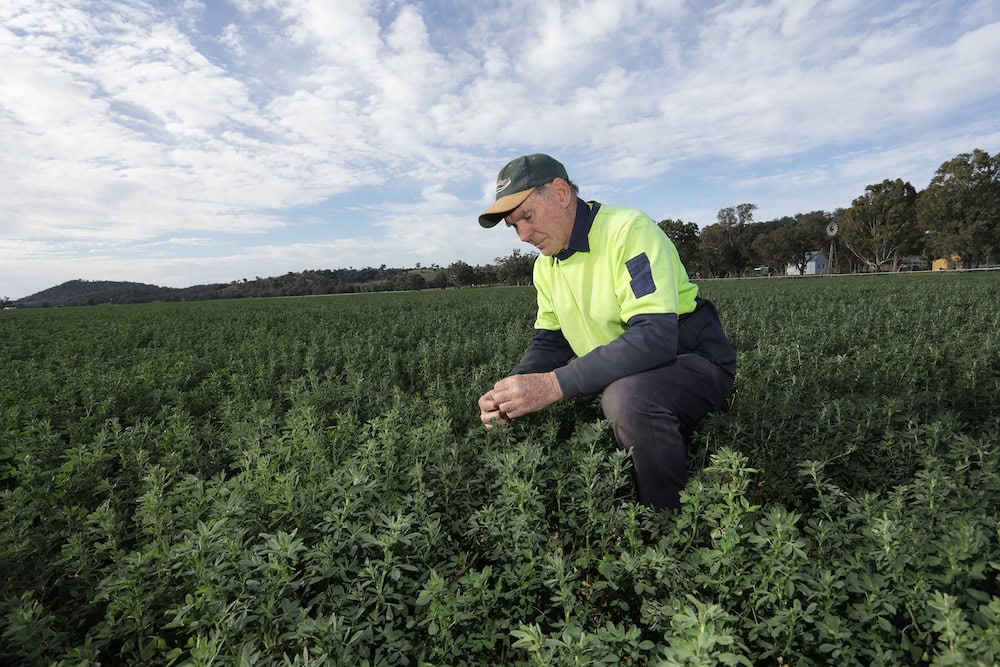
But the Hunter pipeline has now been kicked back into life by a series of events starting in 2017, when Santos found natural gas fields at Narrabri on the Northern Slopes of NSW valued at $3.6 billion � a field big enough to meet half of all demand for heating, energy and manufacturing in NSW for at least 20 years.
HGP says the Narrabri Gas Project, which nearly intersects the pipeline�s planned route, isn�t why it brought the pipeline back from the dead. It points to the Federal Government�s COVID-19 manufacturing recovery plan instead � a plan fuelled almost entirely by natural gas.
Either way, with nearly $5 billion now at stake and mining companies like Santos donating vast sums of money to both major political parties, those opposing the pipeline are facing an almost insurmountable battle ahead.
Black cracking soils
The Liverpool Plains� self-mulching soils are credited for the region�s extraordinary agricultural productivity.
But what�s good for farming isn�t necessarily good for pipelines, says Peter Wills, a cattle and crop farmer near the town of Quirindi, one of 30 farmers in the area whose land has been slated to host the pipeline. �Because our soils go from mud to concrete, we don�t build houses on them. We build on ridges instead,� Peter says. �So when you build a pipeline on these soils you have the real risk of it failing.�
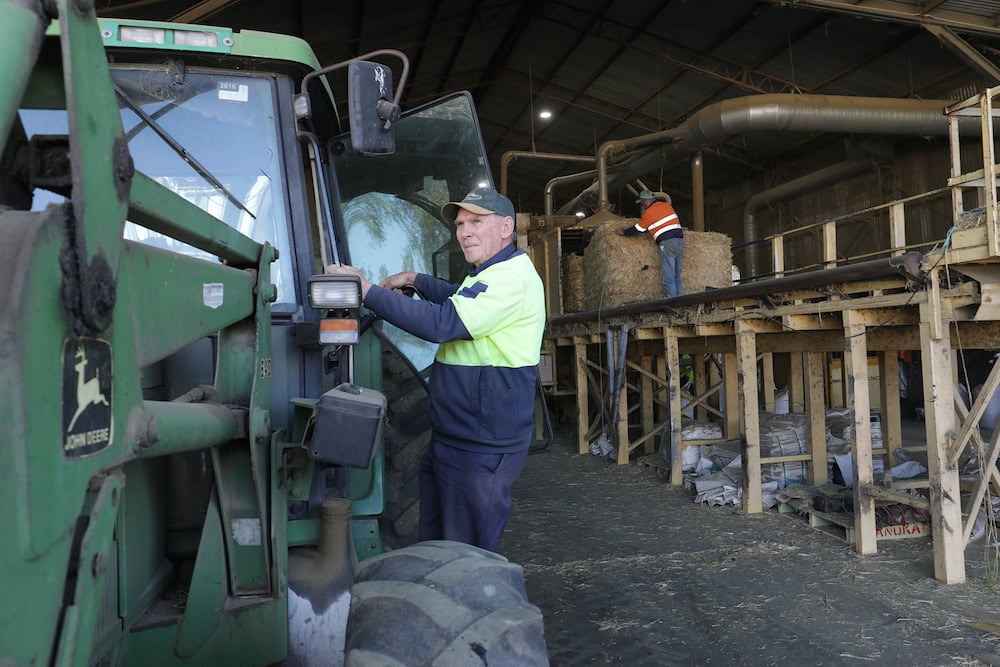
Quirindi grain farmer and processor David Wallis voices similar concerns. �We have black cracking soils. When they dry up, cracks up to 15cm across and 1.5m deep appear, and that happens every summer. And when it floods we get serious erosion,� David says.
�This pipeline will be 600mm in diameter and buried 700mm deep, which from an agricultural point of view isn�t very deep. But our main concern is that over time the movement of the soil will create a soft point in a pipe with 15,000psi inside it � and create a� crack.�
Quirindi grain farmer and processor David Wallis.
David also points out the pipeline will go under or perhaps just sit at the bottom of Borambil Creek, Quirindi�s major water supply: �When you look at the risk and reward, destroying the town�s only reliable water supply is not a risk we�re willing to take.�
An independent report by Strategic Engineering and Environmental Consulting commissioned by HGP partially agreed, recommending the company �relocate the pipe to avoid high-risk areas� and the use of �trenchless construction techniques across higher-risk watercourses�.

And there�s a separate issue, Peter says. �The Liverpool Plains are covered by these petroleum licences owned by mining companies. They say the pipeline is meant to bring gas from Queensland, but it�s obviously going to make drilling for gas here more attractive. And if they drill past the water table and do fracking as they do in the US, they will decimate the water supply. We�ll never be able to farm here again.�
Election promises
There are different levels of opposition to the pipeline on the plains. A minority want the whole thing canned because if Australia is to meet its zero-carbon energy target by 2050, natural gas, a fossil fuel, is going to have to be phased out by 2035. They fear the pipeline will become a �stranded asset� in less than 20 years, that landowners will be left to deal with.
The argument is sound and NSW Energy Minister Matt Kean agrees. �Those people defending old technologies are the equivalent of defending Blockbuster in a Netflix world.�
But the vast majority of landowners say they will tolerate the pipeline so long as it is rerouted from privately owned land on the plains onto old travelling stock routes, ridgelines, public roads and Crown land.
HGP says the government initially rejected the proposal to build the pipeline along old stock routes because of the biodiversity value there, and that the company is willing to revisit the proposal. �If we can demonstrate that the human amenity impact is greater than the biodiversity impact it may be possible,� the company says.
HGP also denies weather events such as floods will move the pipeline: �It will be constructed for the conditions, and post-construction land rehabilitation will ensure that natural drainage is not affected. Bob Otjen, our pipeline expert, built a pipeline from Ballera to Wallumbilla in Queensland that crosses Cooper Creek, which is 40km wide during floods. That was 1996 and no issues have been encountered.�
Before the pivotal Upper Hunter by-election in May, former Deputy Premier John Barilaro promised voters that if the Nationals kept their seat the party would �deal with the Hunter pipeline�.
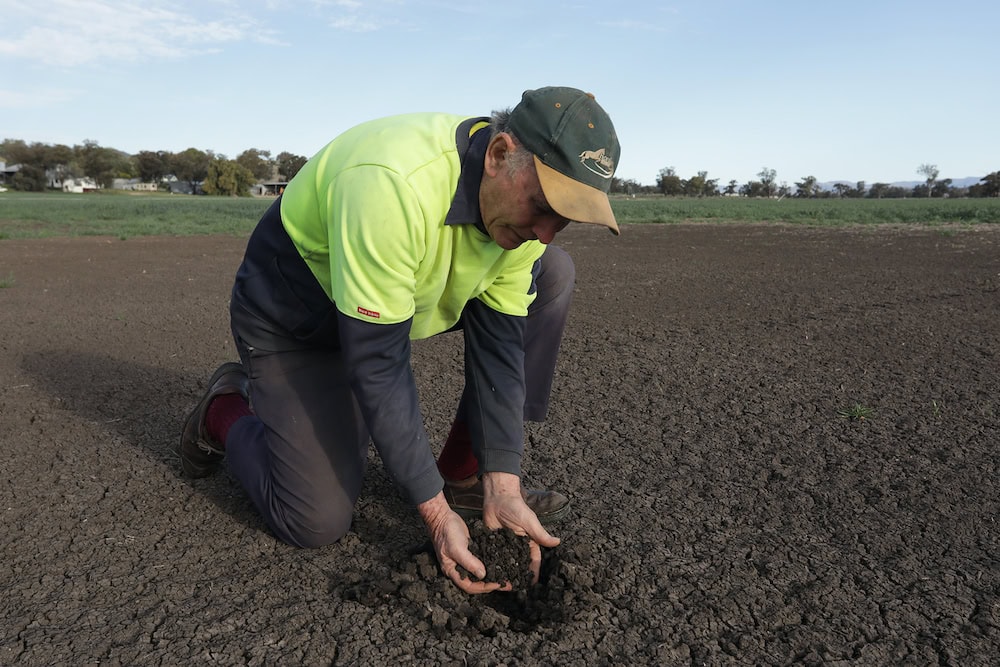
When The Farmer asked how he was delivering on that promise, he said HGP had �assured him� it would minimise impacts on landowners �as much as it can� and was looking into using public land for the pipeline �where possible�.
But for Peter and other farmers of the Liverpool Plains, a pipeline running on their property is not negotiable. �They�ll have to line up every single duck in a row before they can ever start. And we are not going to be one of their ducks,� he says.
If you enjoyed this feature on the Hunter Pipeline, you might like our story on Transgrid.


